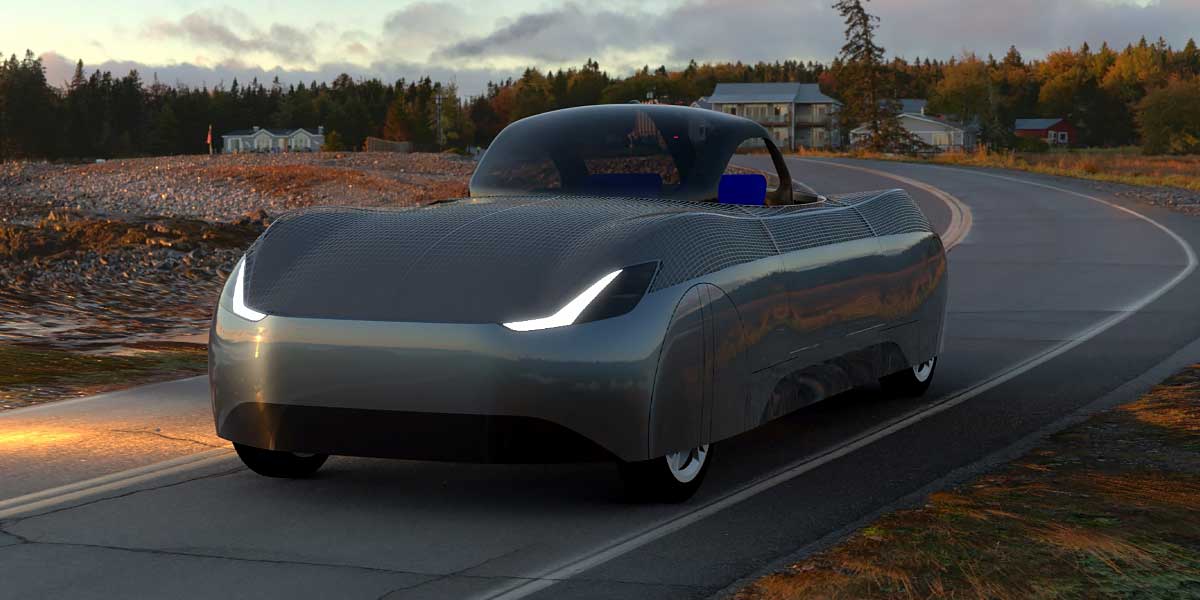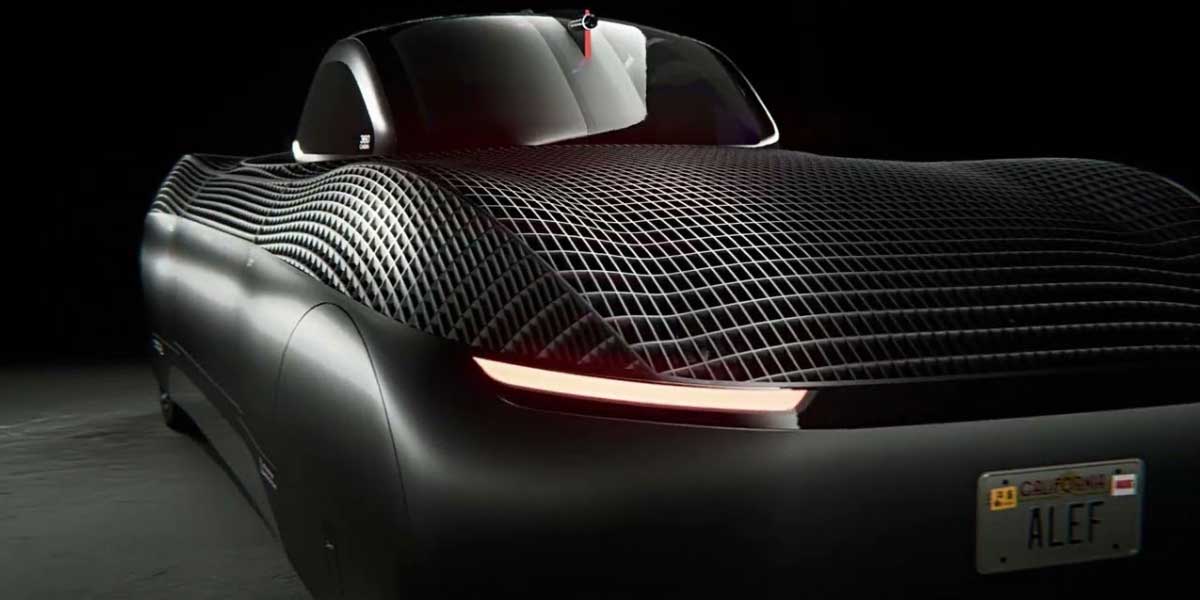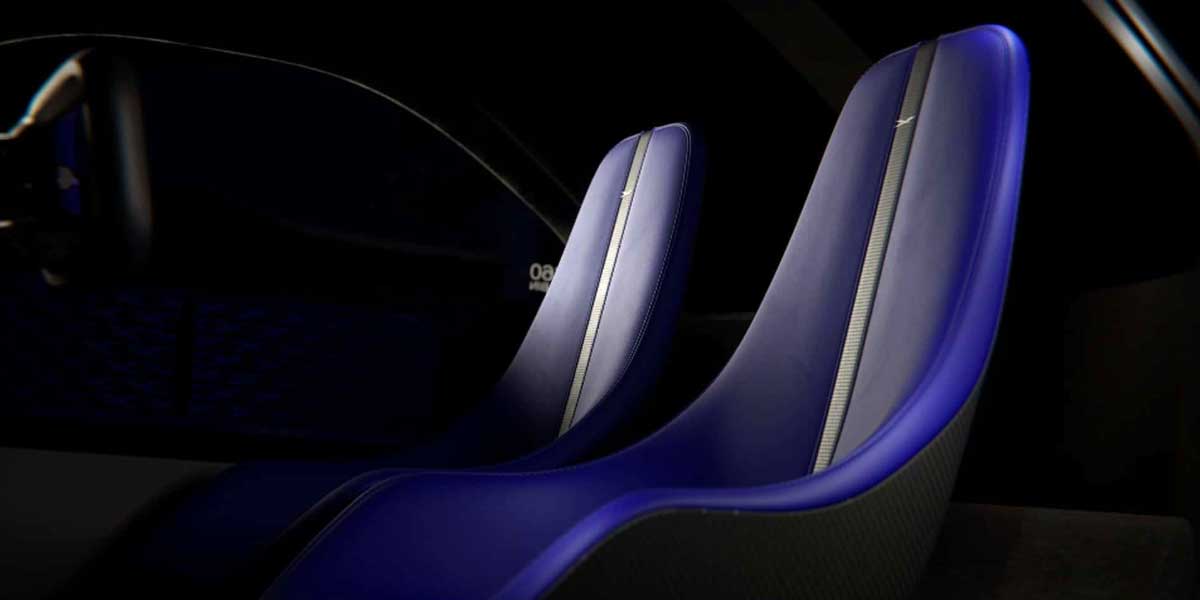Alef Aeronautics’ Electric Flying Car: A New Era for EVs
Share this article in Social Media:

The Alef Aeronautics Model A is the world’s first electric flying car, featuring eVTOL capabilities and a dual-mode design for road and air travel. With a 110-mile (177 km) flight range and a 200-mile (322 km) driving range, this FAA-certified vehicle aims to redefine urban mobility, offering an innovative alternative to traffic congestion.
What is the Alef Model A?
Picture a world where traffic jams become a minor inconvenience because your car can take off and fly over them. That’s exactly what Alef Aeronautics is promising with the Model A—the first FAA-approved electric flying car that’s both road-legal and air-capable. This sleek, futuristic vehicle has caught the internet’s attention with a viral video showcasing it "hopping" over another car. But it’s more than just a stunt; it’s a fully functional electric vertical takeoff and landing (eVTOL) vehicle designed to change urban mobility.

- Dual-mode operation: functions as a road-legal EV and eVTOL aircraft
- Weighs 850 pounds (386 kg) with a carbon-fiber body
- 200-mile (322 km) ground range, 110-mile (177 km) flight range
- FAA-approved for experimental flights
- Expected price: $300,000, with production starting in 2025
How Does the Model A Work?
The Model A isn’t your typical EV with a drone strapped to it. It’s a purpose-built flying car designed from the ground up. The vehicle is equipped with eight electric rotors integrated into its body, allowing it to lift off vertically before transitioning into forward flight. On the road, it drives like a conventional EV, albeit with a limited top speed of 35 mph (56 km/h). In the air, it cruises at a maximum speed of 110 mph (177 km/h), making short commutes faster and far more exciting.

- Operates on battery power with electric rotors
- Switches between road and flight modes seamlessly
- Top airspeed: 110 mph (177 km/h), road speed limited to 35 mph (56 km/h)
- Designed for urban and suburban commutes
FAA Approval and Regulatory Challenges
Getting a flying car certified isn’t as simple as getting a new EV approved for the road. Alef had to go through rigorous testing to secure a Special Airworthiness Certificate from the FAA in 2023. However, widespread adoption requires more than just FAA approval—urban air traffic management systems, designated takeoff zones, and infrastructure adjustments are still needed. Cities may eventually have to develop “sky lanes” to regulate airborne traffic.
- FAA-approved for experimental flights
- Requires additional regulations for mass adoption
- Needs dedicated urban air traffic systems
- Potential for future air corridors in cities
How the Model A Stands Out in the eVTOL Industry
Alef’s Model A is entering a space filled with eVTOL startups like Joby Aviation, Archer Aviation, and Hyundai’s Supernal division. However, unlike those focused on air taxis, Alef is pioneering personal flying cars. The Model A can park in a regular garage, drive on standard roads, and transition to flight when necessary—something no other eVTOL company has achieved.
- First road-legal eVTOL vehicle
- Unlike air taxis, it's a personal transport solution
- Can take off from urban streets or driveways
- Bridges the gap between electric vehicles and aviation
Battery Range and Future Developments
With a flight range of 110 miles (177 km), the Model A is suitable for short urban hops, but long-distance travel is still out of reach. Alef is exploring advancements in solid-state batteries to extend range and improve efficiency. By the time its four-seat successor, the Model Z, launches in 2035, battery technology could be vastly improved.
- 110-mile (177 km) flight range, 200-mile (322 km) driving range
- Future battery improvements could extend range
- Solid-state battery tech under development
- Next-gen Model Z planned for 2035 at $35,000
Public Reaction and Market Adoption
The internet is divided. Some call it the "future of mobility," while skeptics wonder if it will ever scale beyond wealthy early adopters. With a $300,000 price tag, the Model A is far from affordable, but its 3,300+ pre-orders suggest strong initial demand. The real test will come when production begins in late 2025.

- Over 3,300 pre-orders since 2019
- Public reaction ranges from excitement to skepticism
- Luxury pricing makes it a niche product—at least for now
- Could evolve into an affordable model like Tesla’s trajectory
Could This Be the Future of Urban Mobility?
Alef’s Model A is more than just a cool concept—it’s a statement that the future of transportation isn’t limited to the ground. If eVTOL technology continues to advance and infrastructure adapts, we might see flying cars become part of daily life. Until then, the Model A is an exciting glimpse of what’s possible when EV innovation meets aviation.











